As well as providing some protection, you want a road cycling helmet to be light, comfortable, well-ventilated and stable; in a perfect world, you shouldn’t even notice it’s there. We’ve tested some of the lightest helmets over thousands of road miles in all conditions to find the best in comfort, ventilation, and overall wearability. Below, you’ll find our top picks, highly rated recommendationa, and some extra tips on choosing the best lightweight lid.

Best lightweight road cycling helmet overall: Kask Protone Icon helmet

Best aero lightweight road cycling helmet: HJC Furion 2.0 Road Cycling Helmet

Best money-no-object lightweight road cycling helmet: Met Trenta 3K Carbon Mips

Best budget lightweight road cycling helmet: Kask Sintesi helmet

The best-rated lightweight road helmet for safety: Giro Aries Spherical Helmet
You can get a fairly decent cycling helmet for £30, but if you want a helmet that’s so light and comfortable you’ll forget it’s there, or you want the latest aerodynamic designs, then you’ll have to pay a bit more.
When it comes to cycling helmets, paying more will often get you less, and that can be a good thing. In general, the more you pay, the lighter a helmet is. Manufacturers use built-in reinforcing skeletons and lightweight components to reduce helmet weight, inevitably increasing the cost.
High-performance cycling helmets offer significant advantages, such as reduced weight and improved ventilation, which are things you'll be grateful for on longer rides. They are also likely to feature better adjustment systems and more careful attention to shaping, meaning these cycling helmets often provide a better fit too.
Many cycling helmets now also feature MIPS (Multi-directional Impact Protection System) which is claimed to help reduce the severity of certain types of injuries if you crash but does increase the weight of the helmet slightly. There are a few brands with their own systems that are supposed to perform similar jobs, such as Kask's WG11.
When reviewing helmets we don't actually rate helmets on the level of protection they offer, for two reasons. First, we simply don't have the resources to do impact-absorption tests to determine how much load a helmet transmits to your head in the event of a crash. More importantly, helmets have to meet national and international standards to be sold at all, so every helmet here has passed those tests. The test report section of our reviews does make note of the safety standard(s) the manufacturer says their helmet meets.
The annual Virginia Tech bicycle helmet ratings give helmets a star rating based off numerous impact assessment tests, if you want to find out how leading helmets perform in lab conditions. And if you want to know more about how products make it into our buyer's guides, check out this article on how road.cc reviews products.
It's worth noting that like our guide to the lightest road bikes, this guide isn't intended as a round-up of the very lightest helmets in existence, more the lightest we've reviewed that received high scores. We have reviewed helmets as light as 175g, namely Limar's Ultralight+, but that's since been discontinued.
The latest road helmets have tended to come in slightly heavier in recent years due to the introduction of impact protection systems like MIPS; but the general consensus from the industry and consumer appears to be that the extra few grams is worth it at the time of writing.
Now, onto our recommendations!
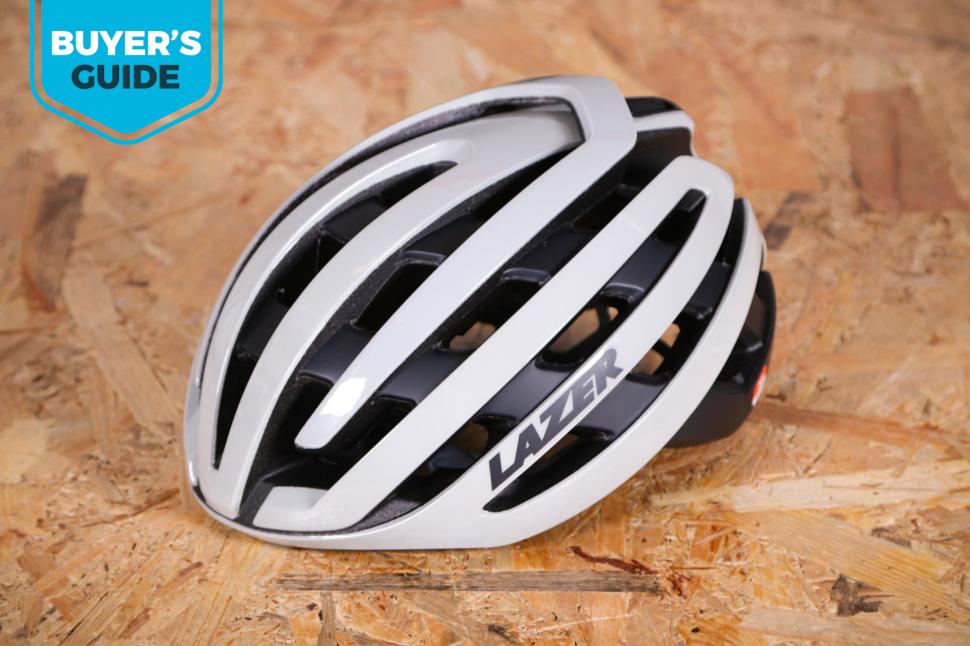





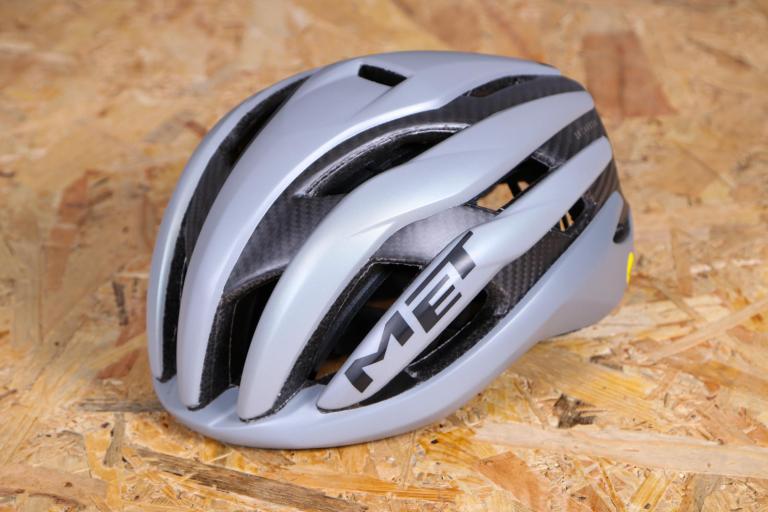
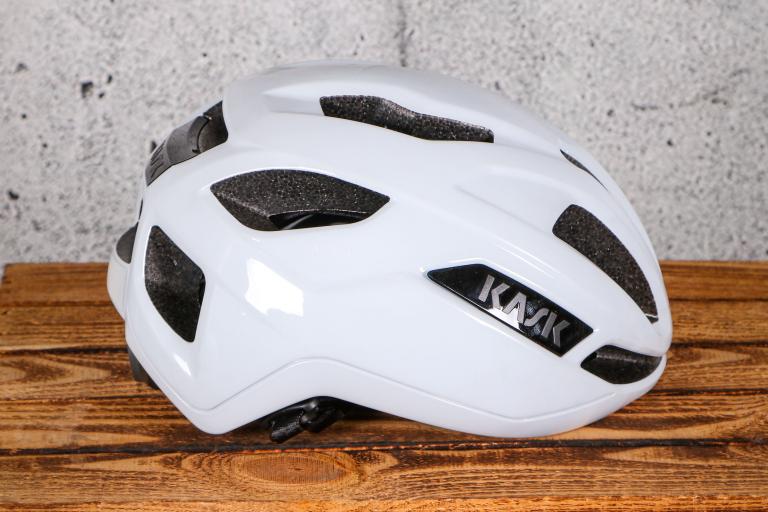
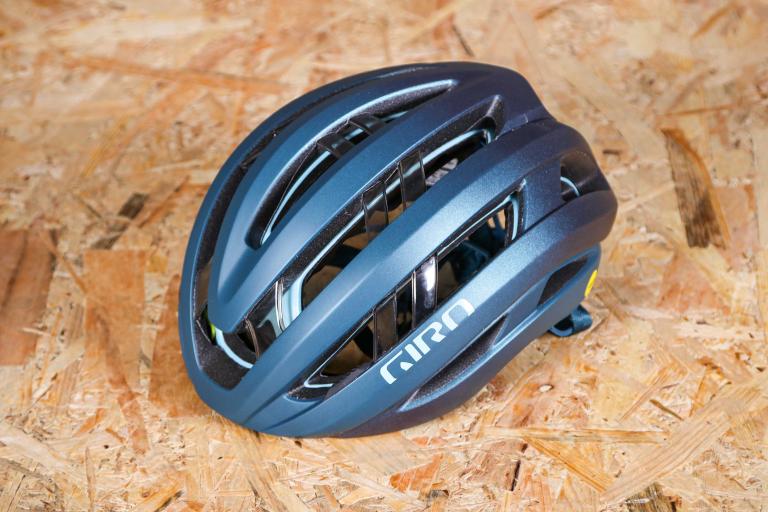
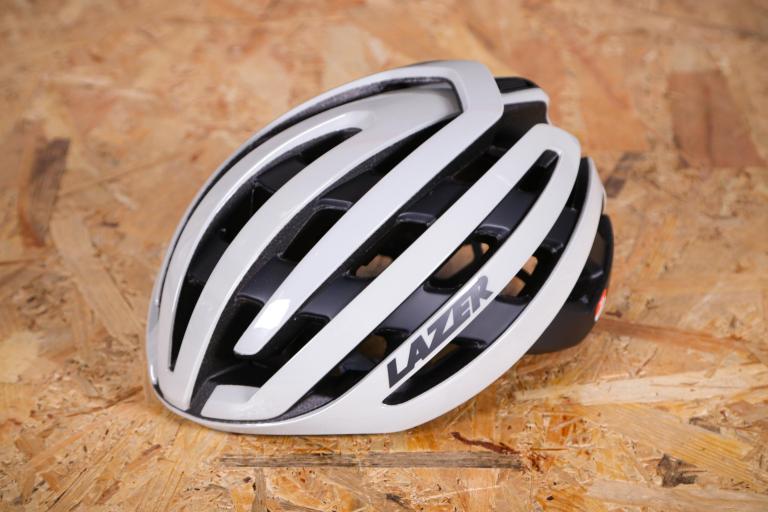
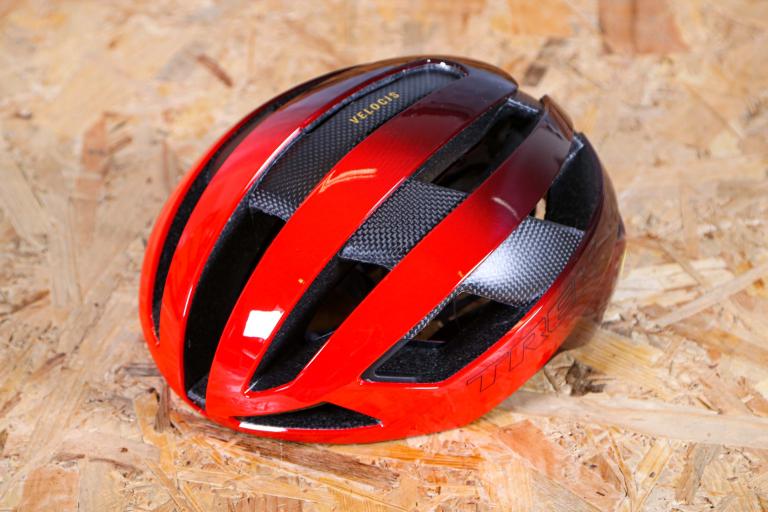
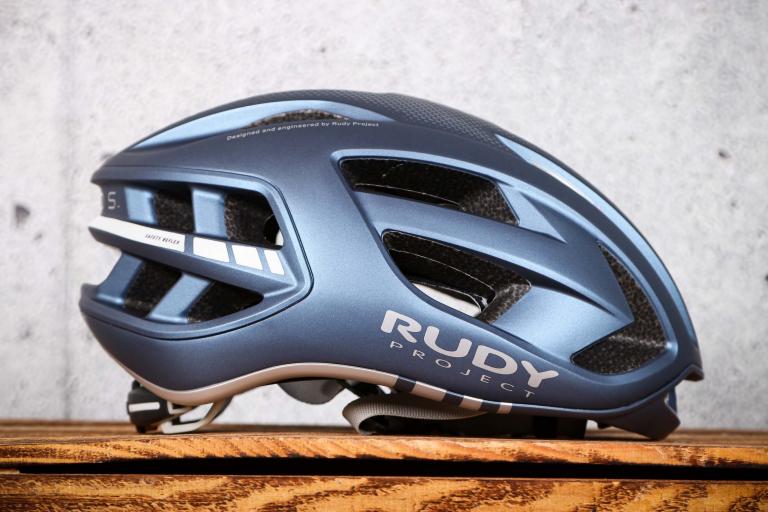

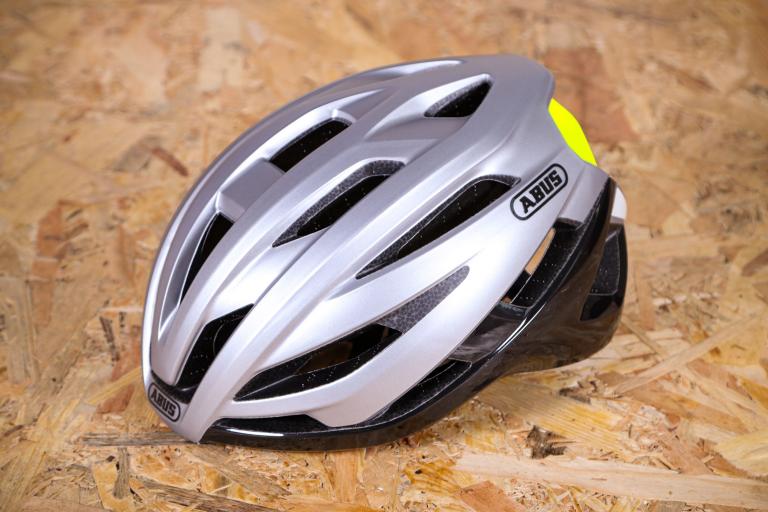
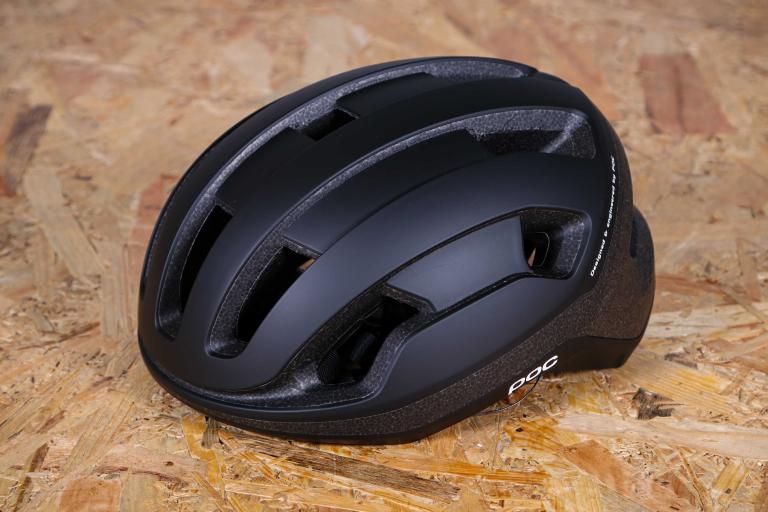

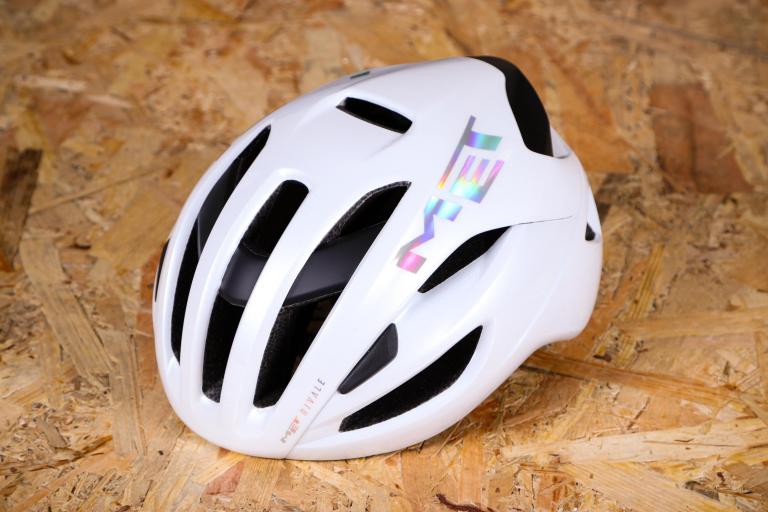

First Published Feb 4, 2025